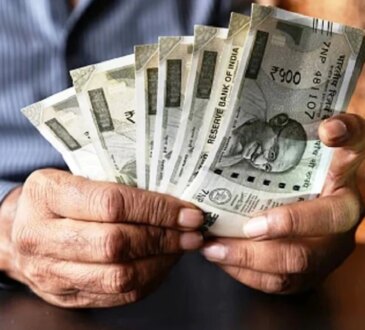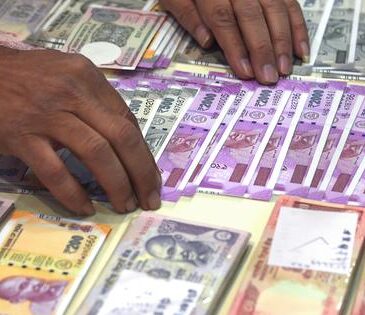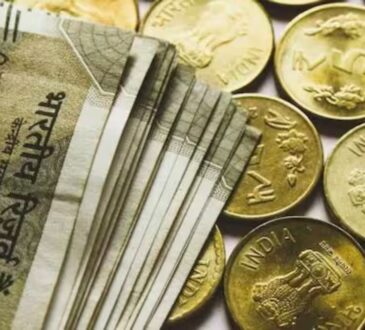Asian currencies gained traction on Friday, buoyed by a weakening U.S. dollar and rising expectations of a Bank of Japan (BOJ) rate hike following strong inflation data. The U.S. Dollar Index dropped 0.3% during Asian trading hours and is on track for a 1% weekly decline, pressured by growing concerns over the U.S. fiscal deficit. Dollar Index Futures mirrored this trend, falling 0.3%.
The Japanese yen led regional gains, with USD/JPY slipping 0.4%, setting the yen up for a 1.5% weekly gain. Japan’s core consumer price index rose 3.5% in April, surpassing expectations and marking the fastest increase in over two years. A separate measure that excludes both fresh food and energy also climbed to 3.0%. These numbers, coupled with recent wage hikes, have strengthened market sentiment for a potential 25 basis point BOJ rate hike by July.
Meanwhile, the dollar faced added pressure after the U.S. House passed President Trump’s “One Big Beautiful Bill” on Thursday, introducing massive tax cuts and increased spending on defense and border security. The Congressional Budget Office estimates the bill could inflate the U.S. national debt by $3.8 trillion over the next decade. Moody’s recently downgraded the U.S. credit rating to Aa1, citing mounting debt concerns.
This backdrop fueled a broader advance among Asian currencies. The South Korean won rose 0.5%, the Philippine peso gained 0.6%, and the Chinese yuan in both offshore and onshore markets edged up 0.1%. The Australian dollar climbed 0.3%, while the Singapore dollar and Indian rupee appreciated 0.2% and 0.1%, respectively.




